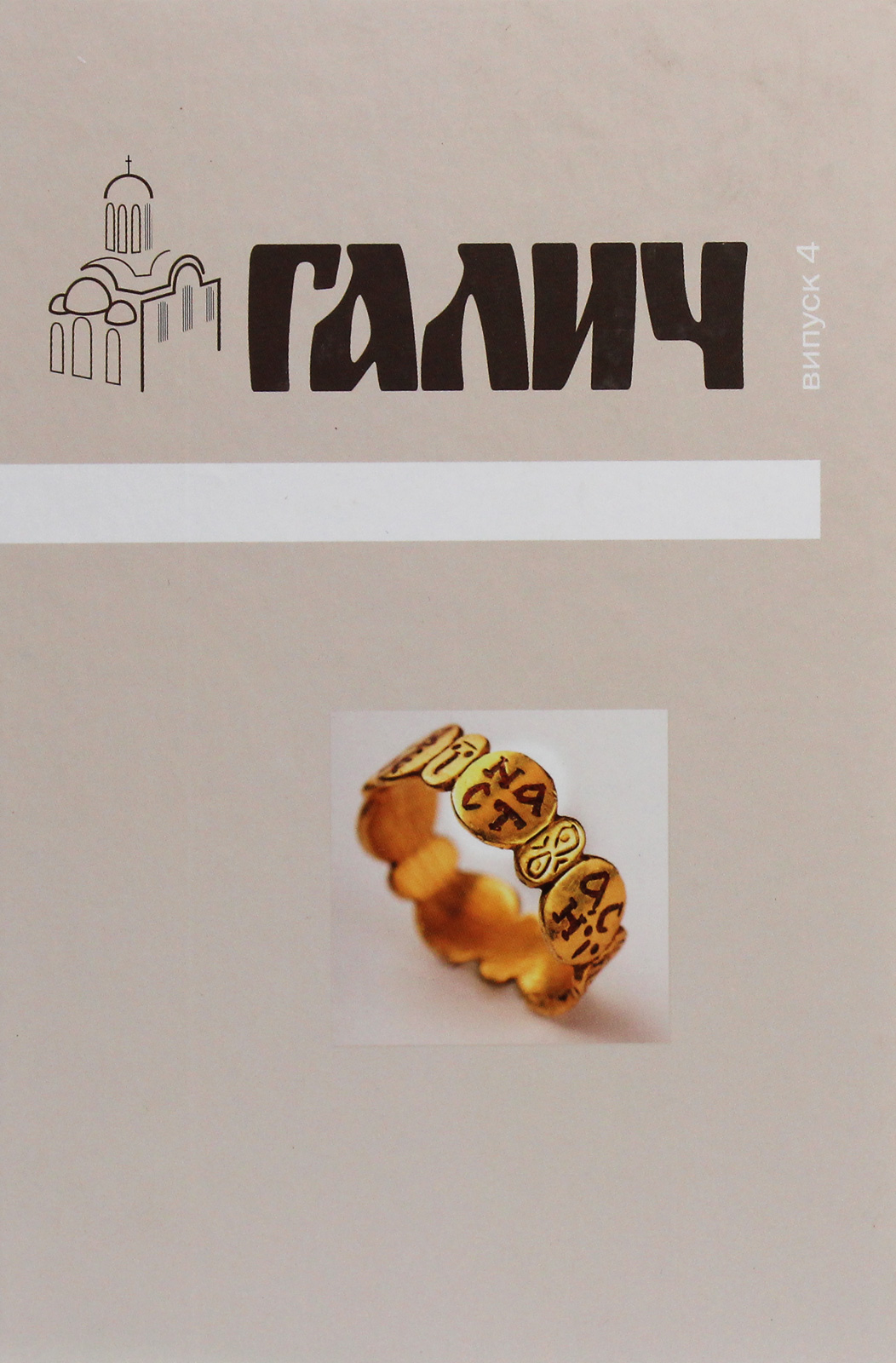DRAGON FROM THE USPENSKY CHURCH IN HALYCH FROM THE POLISH RESEARCH PERSPECTIVE
Keywords:
dragon, Romanesque art, stone decorative details, zoomorphic motif, Halych, Rurikids.Abstract
An interesting monument of medieval masonry is a bas-relief showing a fire-breathing dragon, which is curerntly located in the Uspensky church in Krylos. The style of the creature’s presentation is convergent, among others, with several Romanesque monuments in sculptural art from Poland. The motif of this mythical creature has been used in artistic composition since the dawn of time. The symbolism of the dragon contained both positive and pejorative potential, depending on the time and cultural circle in which it appeared. The authors, based on a comparative analysis of the style of the object, historical sources, epigraphic monuments and preserved forms and decorations of architectural details from the non-existent Cathedral of the Mother of God in
Halych, propose to date the image of the dragon to the third quarter of the 12th century. This is also an example of one of the few monuments that show the Western European, Romanesque sculptural tradition in Eastern Europe.





